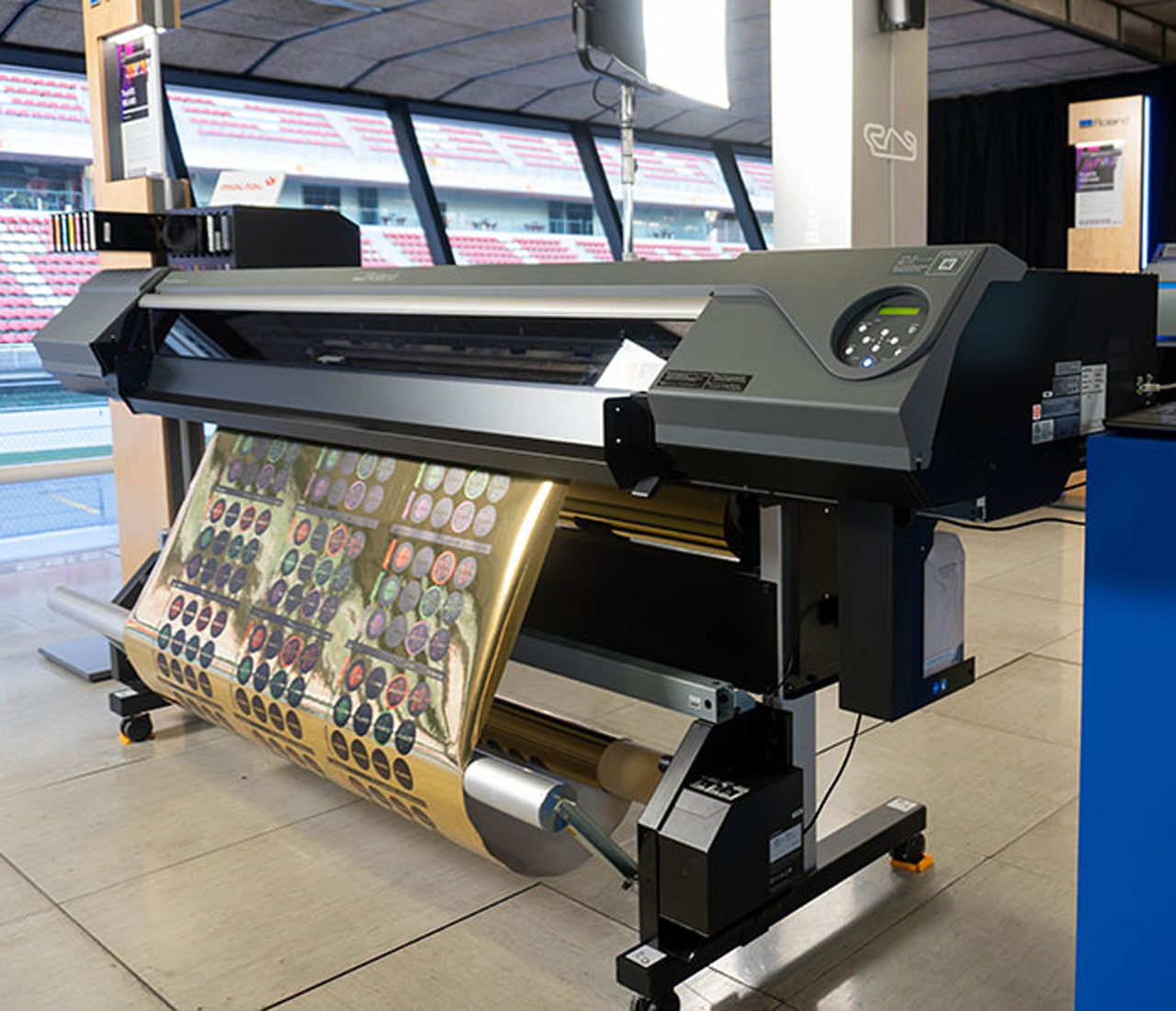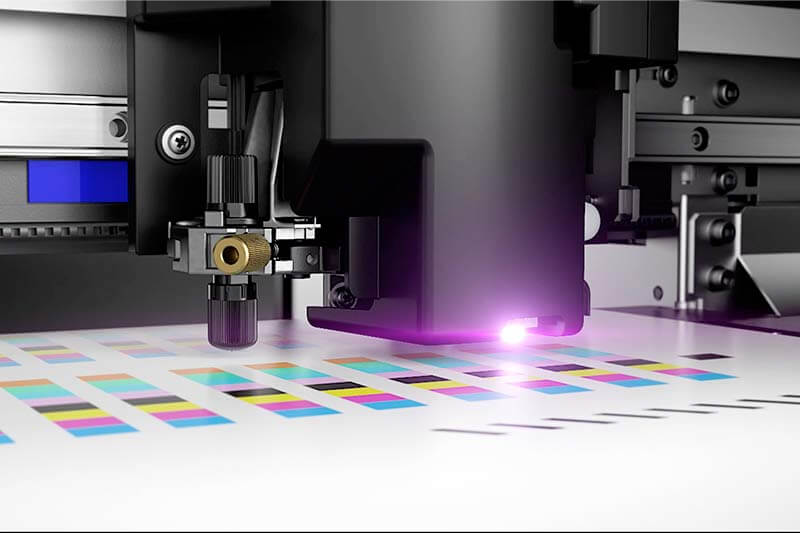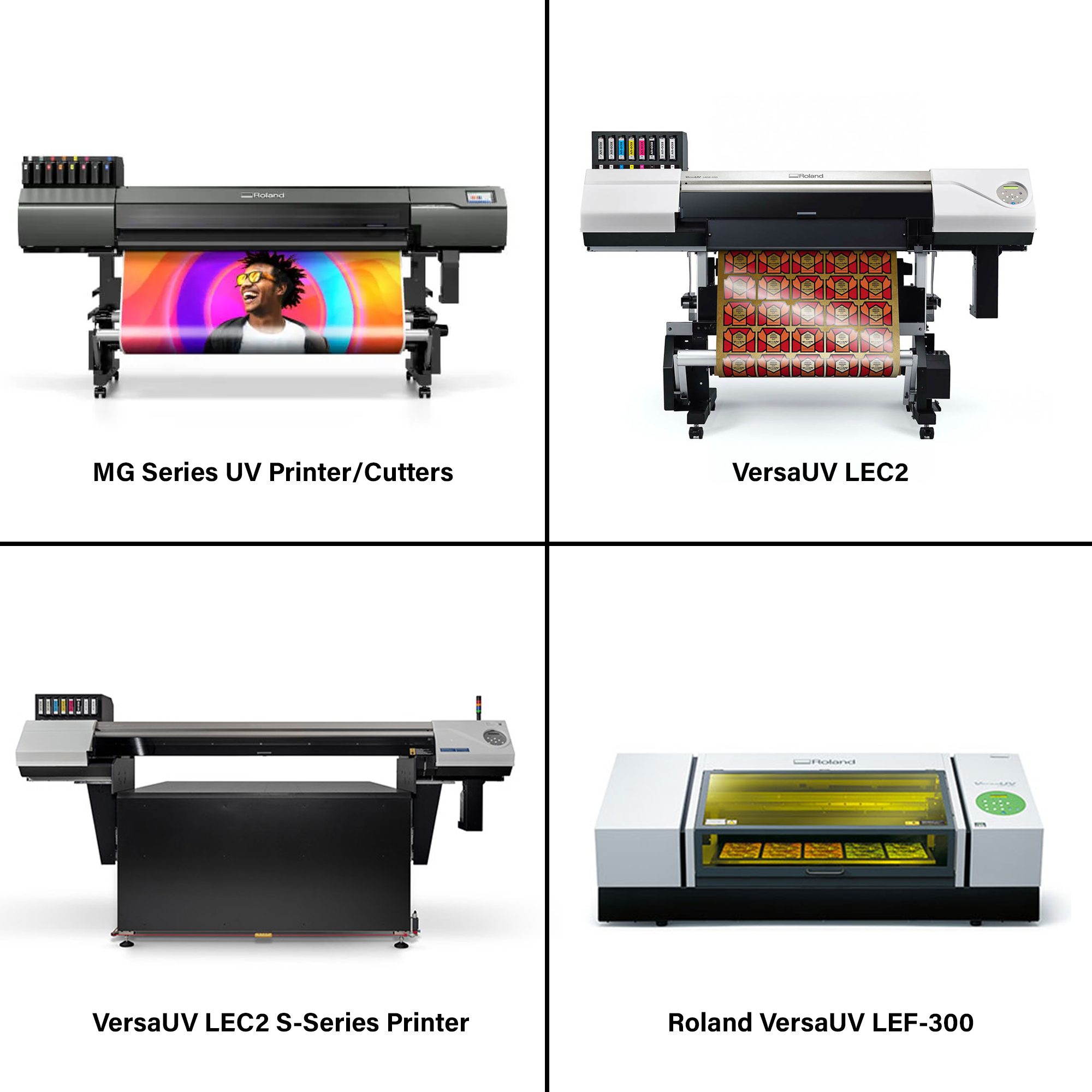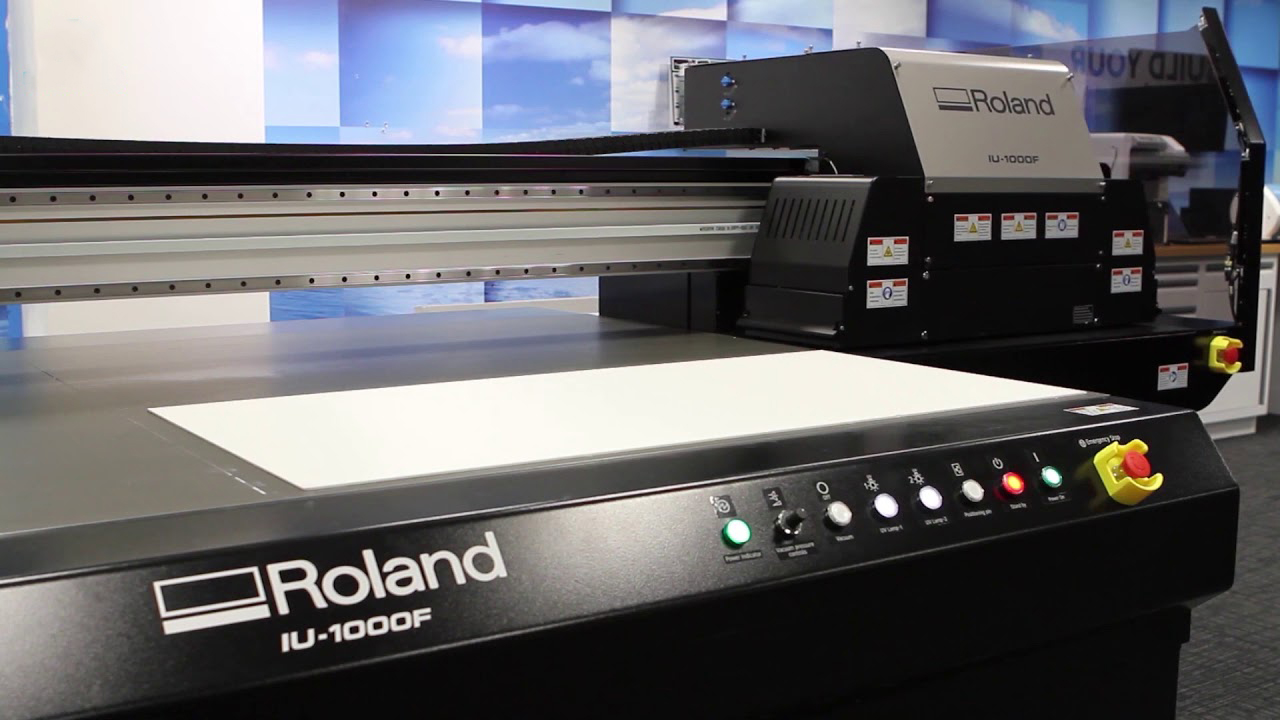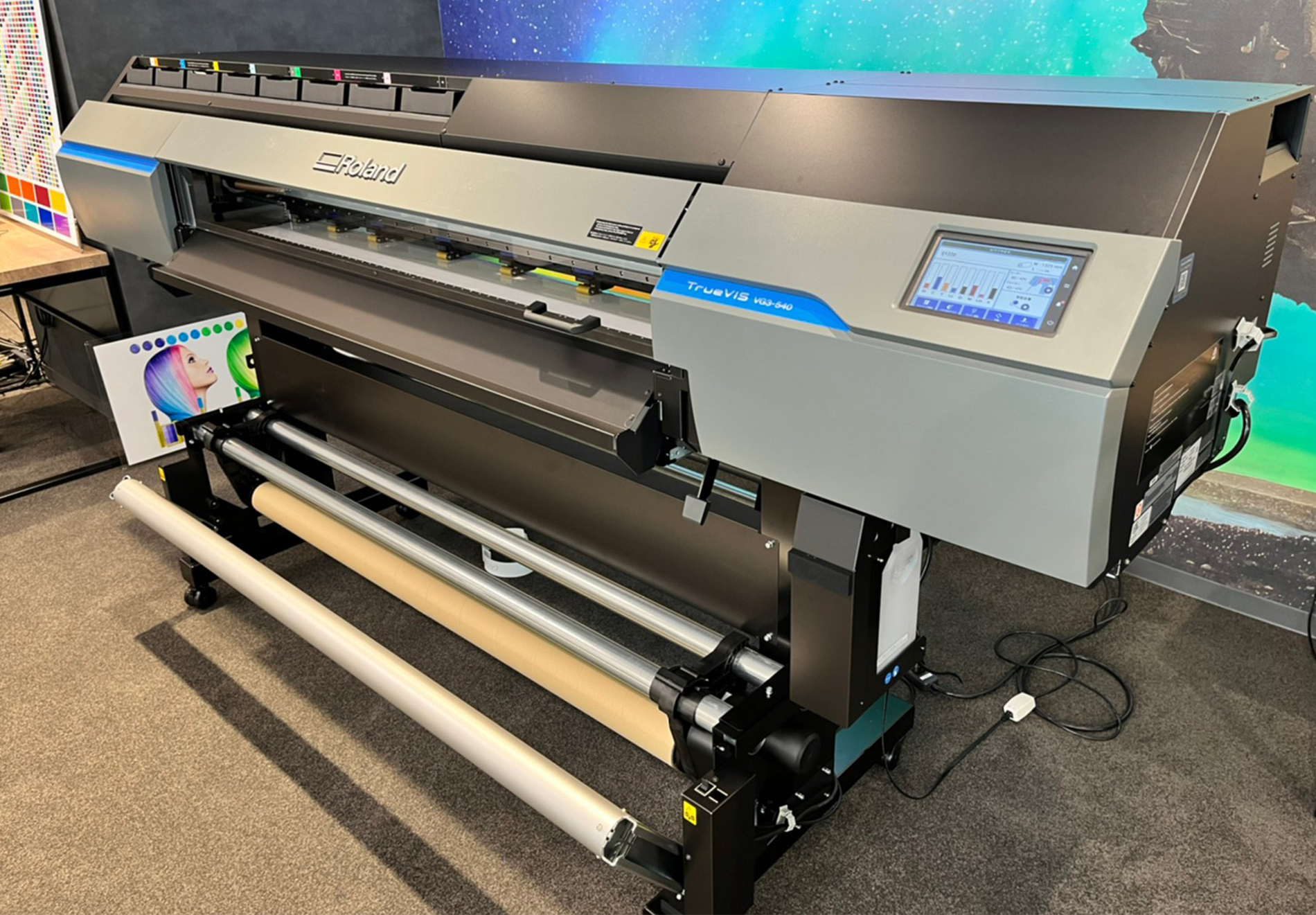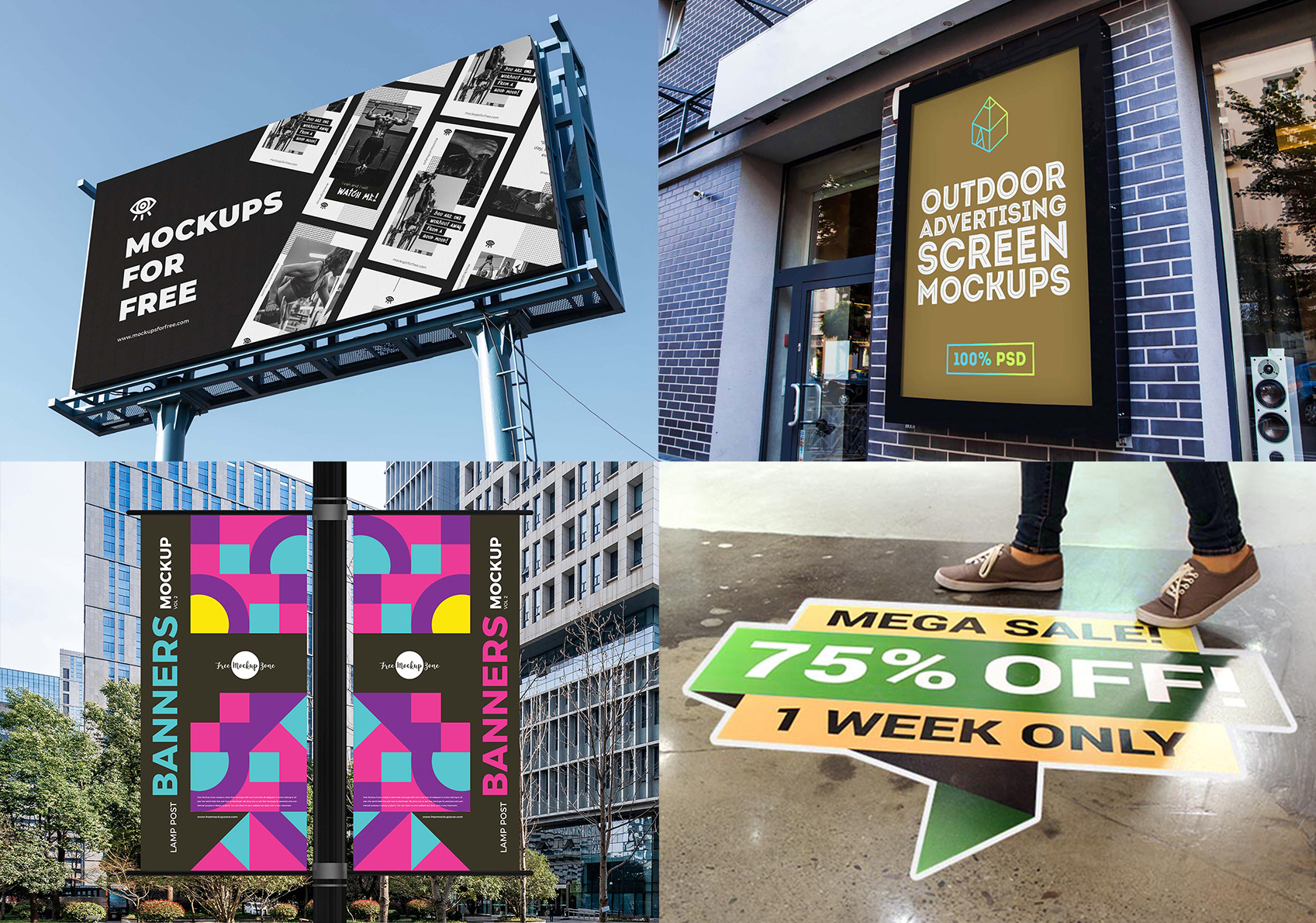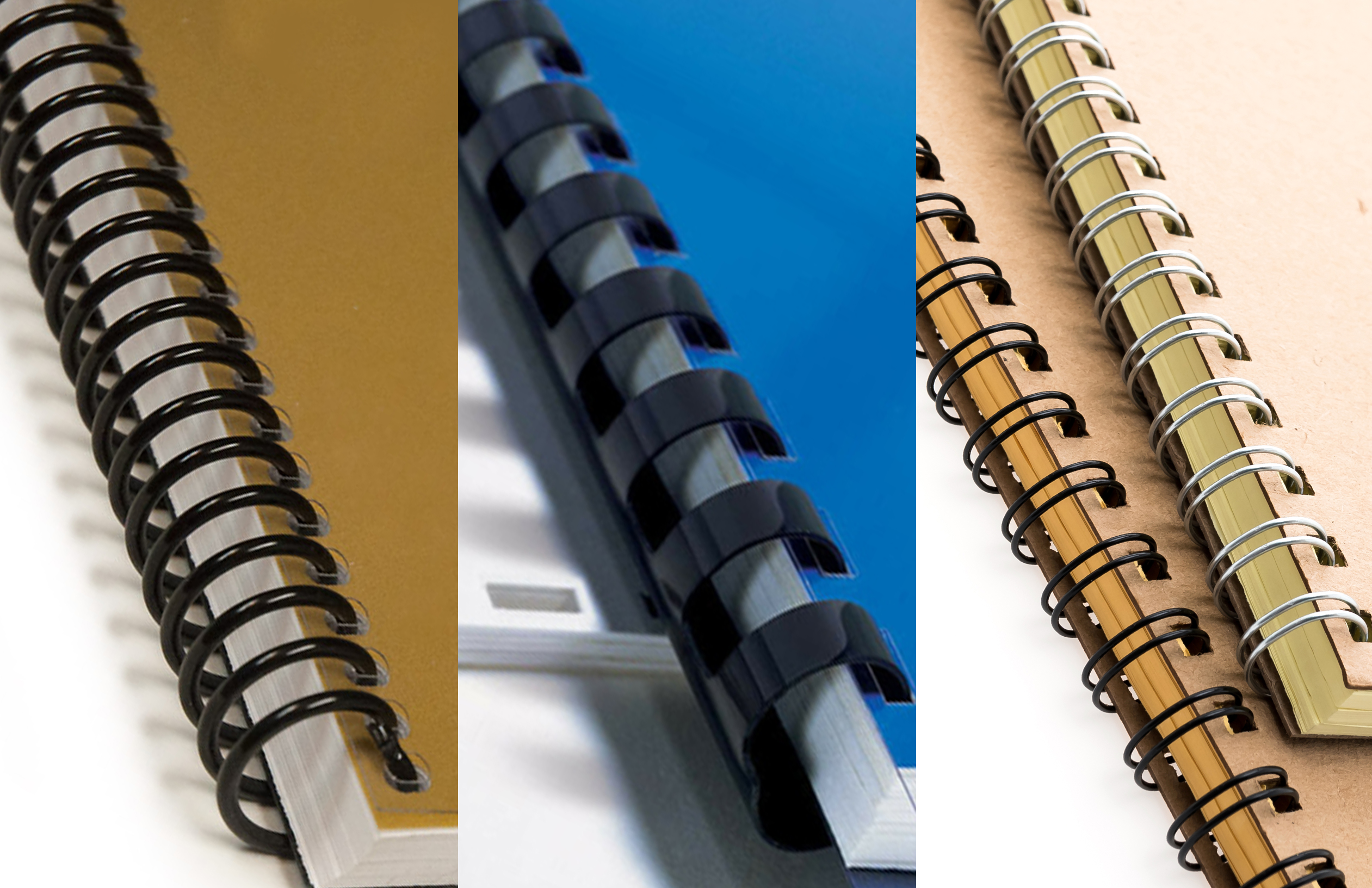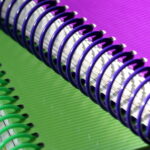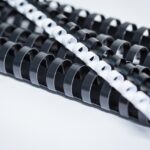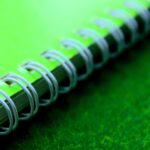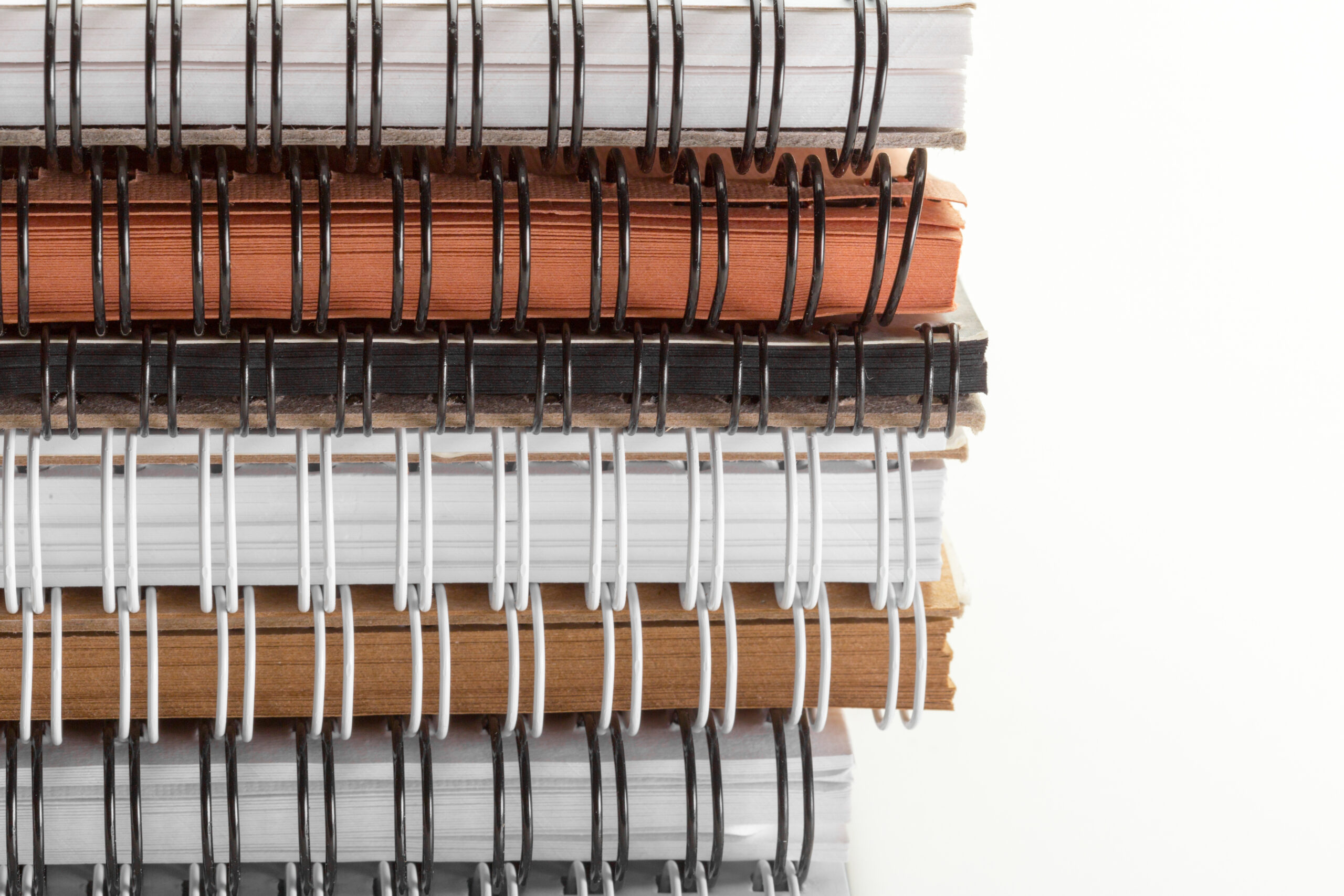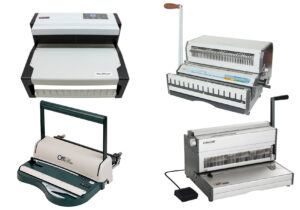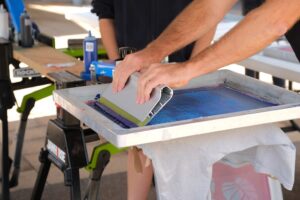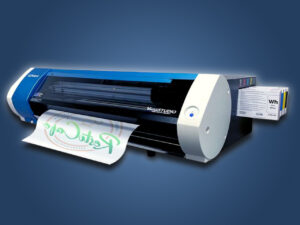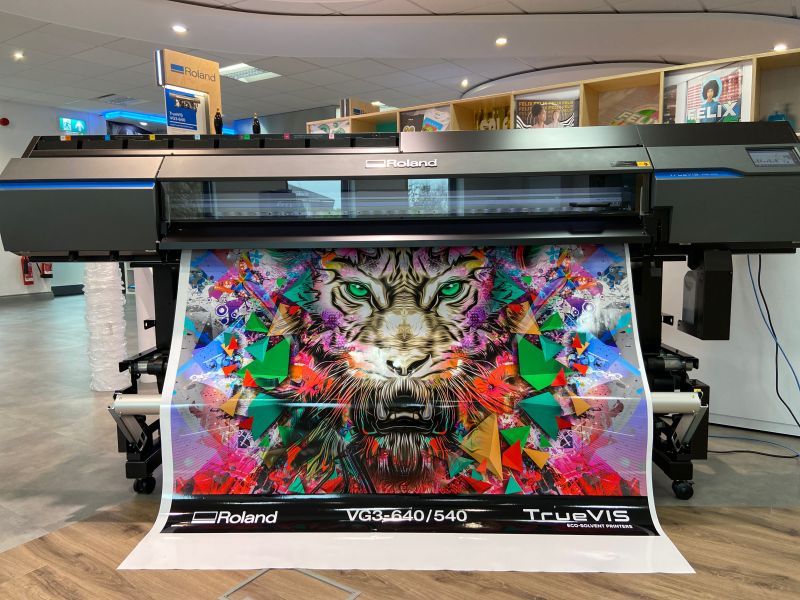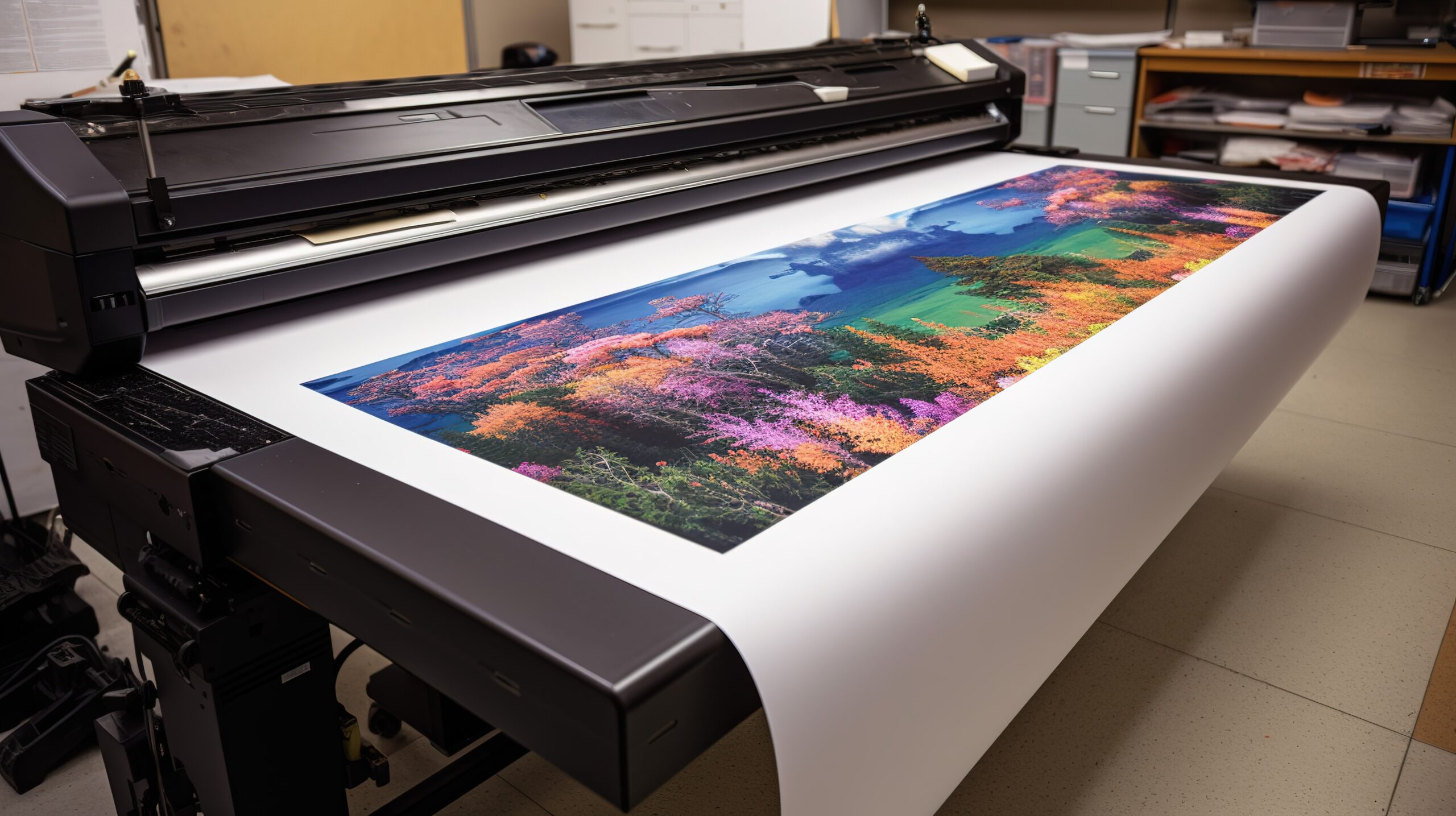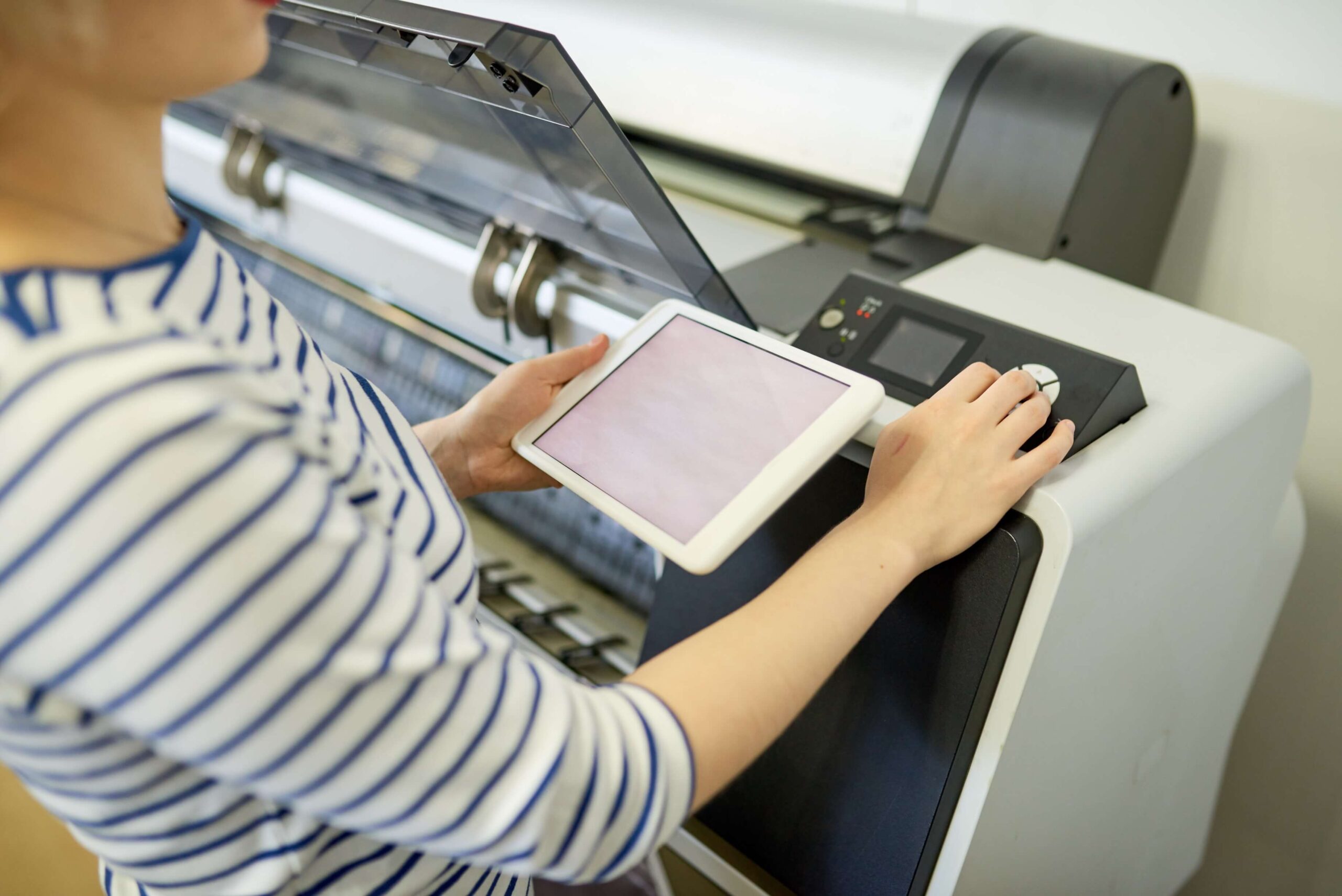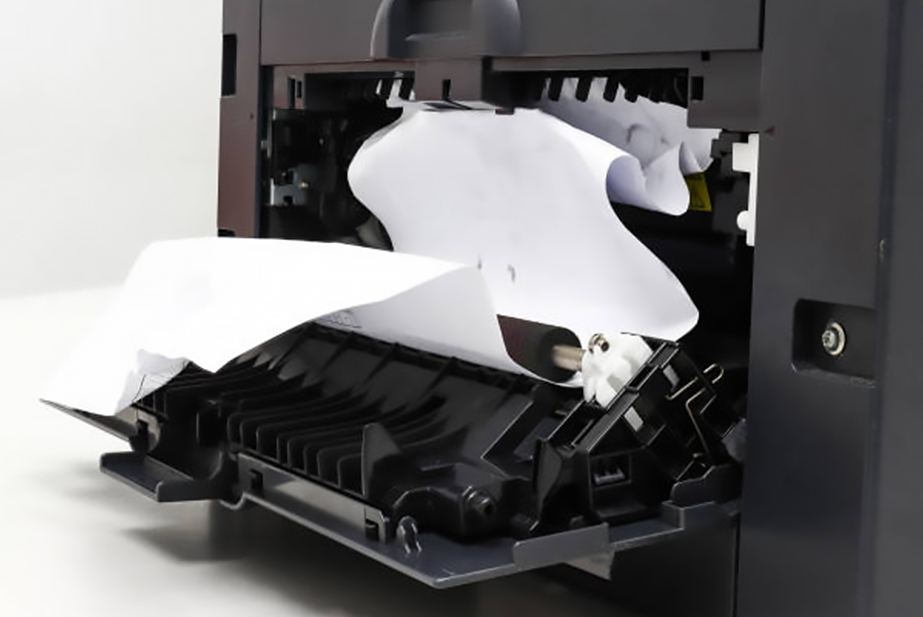Tag: printing business guide
Introducing TrueVIS MG Series UV Printer/Cutters
When it comes to printing technology, UV printers have emerged as powerful tools that seamlessly blend precision printing. And some even feature intricate cutting capabilities. This innovative amalgamation brings a new dimension to wide-format printing, allowing businesses to create vibrant, detailed graphics with the added advantage of precise contour cutting. UV printers and cutters have revolutionized the production process, enabling the seamless transition from printing to cutting within a single, efficient workflow. As we delve into the capabilities and applications of UV printers/cutters, we unravel a world of possibilities where vibrant designs come to life with unparalleled precision and versatility.
What is a UV Printer/Cutter?
A UV printer/cutter is a cutting-edge technology that combines the capabilities of a UV printer and a precision cutter into a single, integrated machine. UV printing utilizes ultraviolet light to cure inks instantly, resulting in vibrant and durable prints on various materials, including rigid substrates and flexible media. The addition of a cutting plotter allows for intricate contour cutting, enabling the creation of precisely shaped graphics and signage.
This innovative hybrid device is designed to streamline the production process, offering a seamless transition from printing to cutting without the need for manual intervention. UV printers/cutters find extensive use in the wide-format printing industry, catering to applications such as signage, labels, decals, and promotional materials. The versatility of these machines empowers businesses to achieve high-quality, visually striking prints with the added benefit of precision cutting, opening up new possibilities for creative and professional outputs.
Roland’s TrueVIS MG 300/640 Series UV Printer/Cutters
Roland DG, a leading provider of innovative digital printing and cutting solutions, introduces the latest innovation in the world of printing technology—the TrueVIS MG 300/640 Series UV Printer/Cutters. This cutting-edge machine represents a leap forward in precision and versatility, seamlessly integrating UV printing and precise cutting capabilities. With the power of instant UV ink curing, our new model ensures vibrant and durable prints on a wide array of materials, from rigid substrates to flexible media. The addition of a precision cutter allows for intricate contour cutting, empowering businesses to create precisely shaped graphics with ease. The MG Series is designed to elevate the printing and cutting experience, offering a comprehensive solution for producing high-quality, visually striking materials across diverse applications.
TrueVIS is synonymous with industry-leading print-and-cut machines. Enhance your capabilities with the added power of premium-quality UV-LED printing technology and specialty effects capabilities to offer your customers even more products. The TrueVIS MG series combines the flexibility of print and cut, the benefits of UV-LED printing and TrueVIS heritage, adding a new dimension to graphics printing.
High-Quality Ink
Using the latest ECO-UV EUV5 inks for exceptional and premium-value printing, we go beyond CMYK to give you even more options and flexibility. Also, Roland DG EUV5 inks have met industry-standard Type II certifications for popular non-PVC wall covering materials*, ideal for commercial and hospitality applications.
One-Pass Multilayer Printing
Print 3 layers in a single job, even in large-format or lengthy print runs, with accurate and stable output. The following layer combinations can be selected:
- Colour – White – Colour
- White – Colour – Gloss (Matte Varnish)
- Primer – White – Colour
- Primer – Colour – White
Extension Table for Semi-rigid Card
Get more stability and accuracy when printing onto thicker card stock with the ET-64/30 extension table.
This provides a firm platform which supports semi-rigid media or folding carton paper stocks up to 1 mm as it is fed through the device allowing the simple production of packaging prototypes.
Tension Bar for Thin Films
The optional TB-30 tension bar adds stability when printing onto thinner media and films of 30 microns and above. This provides an ideal solution for the fast and simple production of flexible packaging prototypes on OPP or PET films.
Powerful Software
MG Series includes VersaWorks 6, letting you produce print-and-cut output in a simple workflow. The latest edition offers powerful new 64-bit processing and RIP capabilities, plus easy, nesting, cropping, tiling and other features from the most popular RIP software. It also features new True Rich Color 3 preset, Nearest Color Finder, and Variation job function
Create cut data directly in VersaWorks 6 by extracting PDF data from your design file to use as a cut line — changing vector data into cut line data, merging multiple cut lines together, creating perf cut lines, and other intuitive features.
Professional Color Management
Match your customers’ colour with ease thanks to advanced RIP features.
ICC Profiles
Access Roland DG’s library of ICC profiles and find hundreds of profiles to match your needs.
Other Features
- High-definition output
- Specialty printing for textures and effects
- Broad media compatibility
- High-density white ink
- Fast-drying prints for quick turnaround and finishing
- Easy new drag-and-drop interface
- Easy-to-operate control panel
- Optional take-up unit enables unattended printing
In conclusion, the TrueVIS MG Series UV Printer/Cutter stands at the forefront of innovation, redefining the possibilities in the realm of printing technology. Its seamless integration of UV printing and precision cutting, coupled with the power of instant ink curing, makes it a game-changer for businesses seeking efficiency and creativity in their production processes. Elevate your printing experience with the TrueVIS MG Series UV Printer/Cutter —a reliable companion for achieving vibrant, high-quality prints and precisely crafted designs. Embrace the future of printing technology with [Company Name], where innovation meets precision.
If you are a potential business owner looking to venture into the world of large-format printing, PRINTFINISH is your ultimate partner for success. Our comprehensive range of cutting-edge printing and finishing solutions, coupled with our expertise and exceptional customer support, will empower your business to thrive in the competitive market. Whether you need advice on the best printing equipment, guidance on setting up your large format printing business, or assistance in choosing the perfect printer to suit your unique needs, our dedicated team is here to assist you every step of the way. Contact us today and unlock the full potential of your printing business with PRINTFINISH as your trusted partner.

